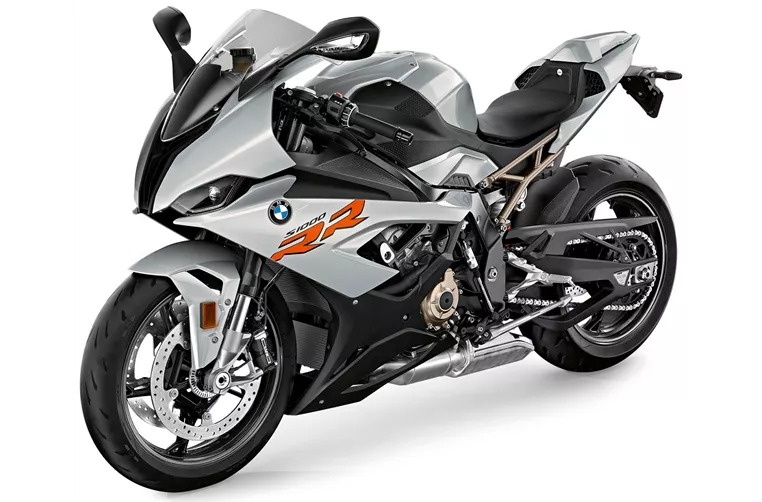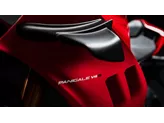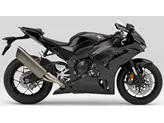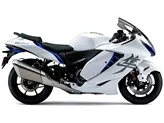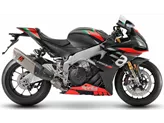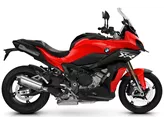Yamaha R1M 2016 vs. BMW S 1000 RR 2020

Yamaha R1M 2016
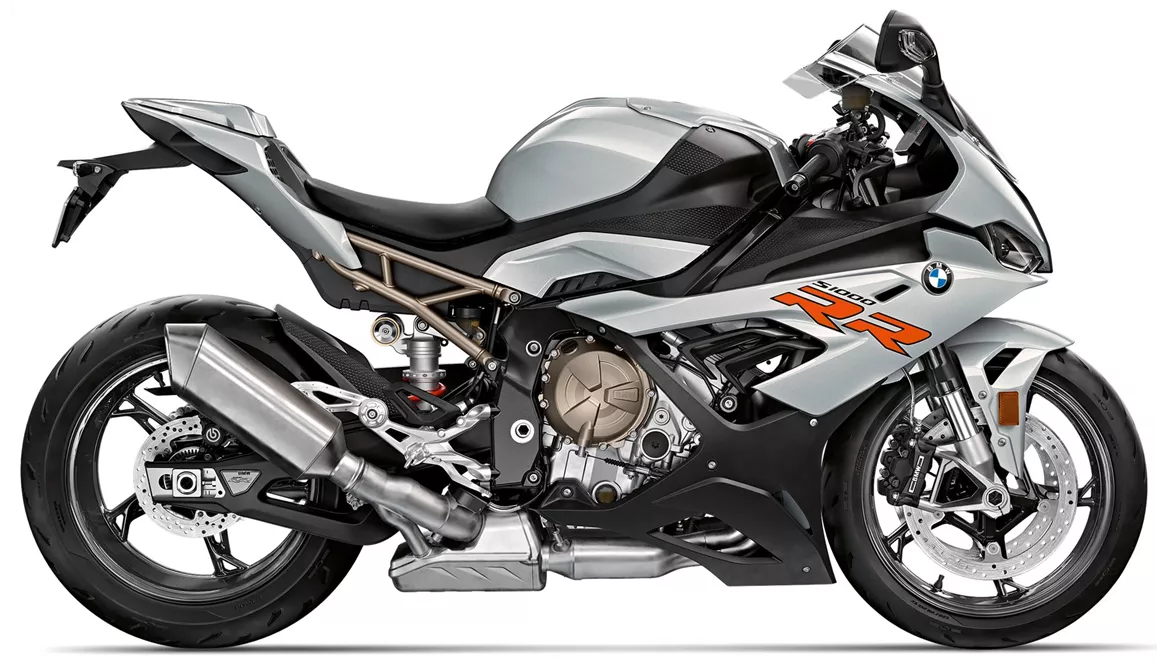
BMW S 1000 RR 2020
Overview - Yamaha R1M 2016 vs BMW S 1000 RR 2020
The Yamaha R1M model year 2016 and the BMW S 1000 RR model year 2020 are both powerful and high-performance supersport motorcycles.
Starting with the Yamaha R1M 2016, it is equipped with a 998cc engine that delivers 200 horsepower and 112.4 Nm of torque. The engine has a bore of 79 mm and a stroke of 50.9 mm, with a compression ratio of 13. It features a DOHC valve system with 4 valves per cylinder. The bike has a lightweight aluminum Deltabox frame, which contributes to its lively handling. The front suspension is an upside-down telescopic fork, and the front brakes are double disk. It also comes with advanced rider assistance systems such as launch control, traction control, and anti-wheelie. The R1M has a wheelbase of 1405 mm, a seat height of 855 mm, and a kerb weight of 200 kg with ABS. The fuel tank capacity is 17 liters.

Yamaha R1M 2016
Moving on to the BMW S 1000 RR 2020, it is powered by a 999cc engine that produces 207 horsepower and 113 Nm of torque. The engine has a slightly larger bore of 80 mm and a stroke of 49.7 mm, with a compression ratio of 13.3. Like the Yamaha, it also has a DOHC valve system with 4 valves per cylinder. The bike features an aluminum frame, specifically a twin-tube, load-bearing engine frame, which provides excellent stability and control. The front suspension is an upside-down telescopic fork, and the front brakes are double disk. In terms of rider assistance systems, the S 1000 RR offers ABS, riding modes, launch control, ride by wire, quickshifter, and traction control. It has a wheelbase of 1441 mm, a seat height of 824 mm, and a kerb weight of 197 kg with ABS. The fuel tank capacity is 16.5 liters.
In terms of strengths, the Yamaha R1M 2016 is praised for its lively handling, high-revving engine, and precise controllability. It also has an excellent electronics package, which includes advanced rider assistance systems. On the other hand, the BMW S 1000 RR 2020 is known for its very linear power delivery, making it highly controllable. It has a wide rev range and pleasant control, thanks to the ShiftCam technology, which provides ample pressure in the lower rev range. The S 1000 RR also has an excellent Dynamic Damping Control (DDC) system, offering precision and top performance. Its electronics package is also highly regarded. Overall, the BMW S 1000 RR is considered a harmonious package both on the road and on the racetrack.

BMW S 1000 RR 2020
However, the Yamaha R1M 2016 does have a weakness in that its shift assistant is only available for upshifting. On the other hand, the BMW S 1000 RR 2020 is sometimes criticized for lacking a distinctive character compared to other bikes in its class, such as the Aprilia and Honda. Additionally, in direct comparison, the S 1000 RR may lag slightly behind on the spec sheet.
In conclusion, both the Yamaha R1M 2016 and the BMW S 1000 RR 2020 are highly capable and impressive supersport motorcycles. They offer powerful engines, advanced electronics, and excellent handling. The choice between the two would depend on personal preferences and priorities, such as specific features, brand loyalty, and individual riding style.
Technical Specifications Yamaha R1M 2016 compared to BMW S 1000 RR 2020
Pros and Cons in comparison
Pros and Cons in comparison
Yamaha R1M 2016

Yamaha's high-tech rocket is still a technological leader in 2016. Radical, polarising and fascinating, it sets powerful lap times. It is closer to the race bikes than the other 1000s. In the meantime, no one is grumbling about the front.
BMW S 1000 RR 2020
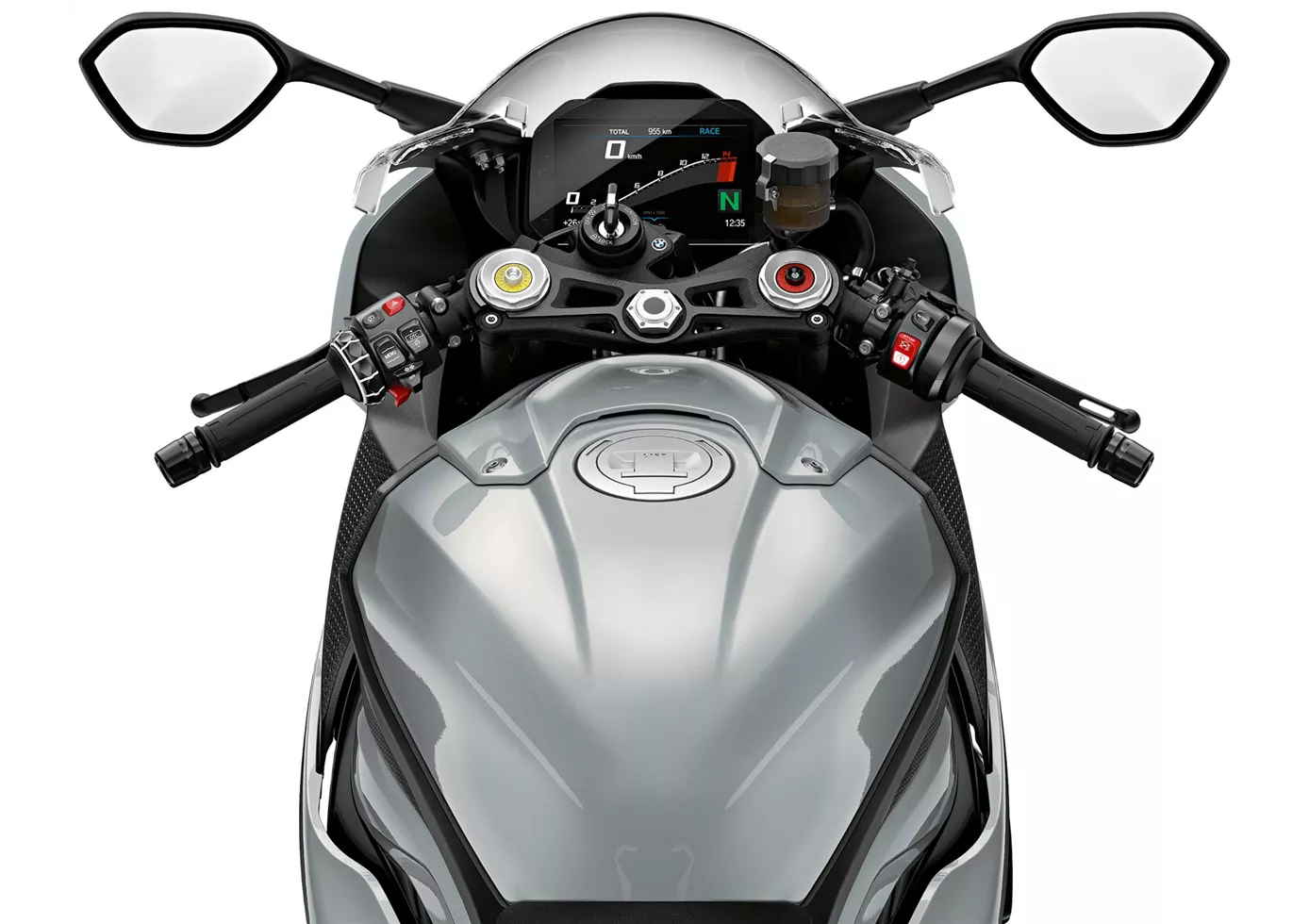
A real "all-rounder" superbike. The BMW knows how to play to its strengths both on the race track and on the country road. Thanks to variable camshaft control, the powerful engine is already convincing at the bottom end and accelerates harmoniously across the entire rev range, with plenty of power in every range. For the hobby pilot, the chassis certainly functions excellently in every situation, provides transparent feedback and offers many adjustment options. The seating position is sporty yet relatively comfortable. The electronics work very harmoniously without patronising the rider - TOP!
Price Comparison Avarage Market Price Yamaha R1M vs BMW S 1000 RR
There are a few key differences between a Yamaha R1M 2016 and a BMW S 1000 RR 2020. It takes less time to sell a Yamaha R1M with 63 days compared to 68 days for a BMW S 1000 RR. Since model year 2015 1000PS.de editors have written 26 reviews for the Yamaha R1M and 135 reviews for the BMW S 1000 RR since model year 2010. The first review for the Yamaha R1M was published on 03/12/2014 and now has more than 9,700 views. This compares to more than 4,000 views for the first review on BMW S 1000 RR published on 16/04/2008.

